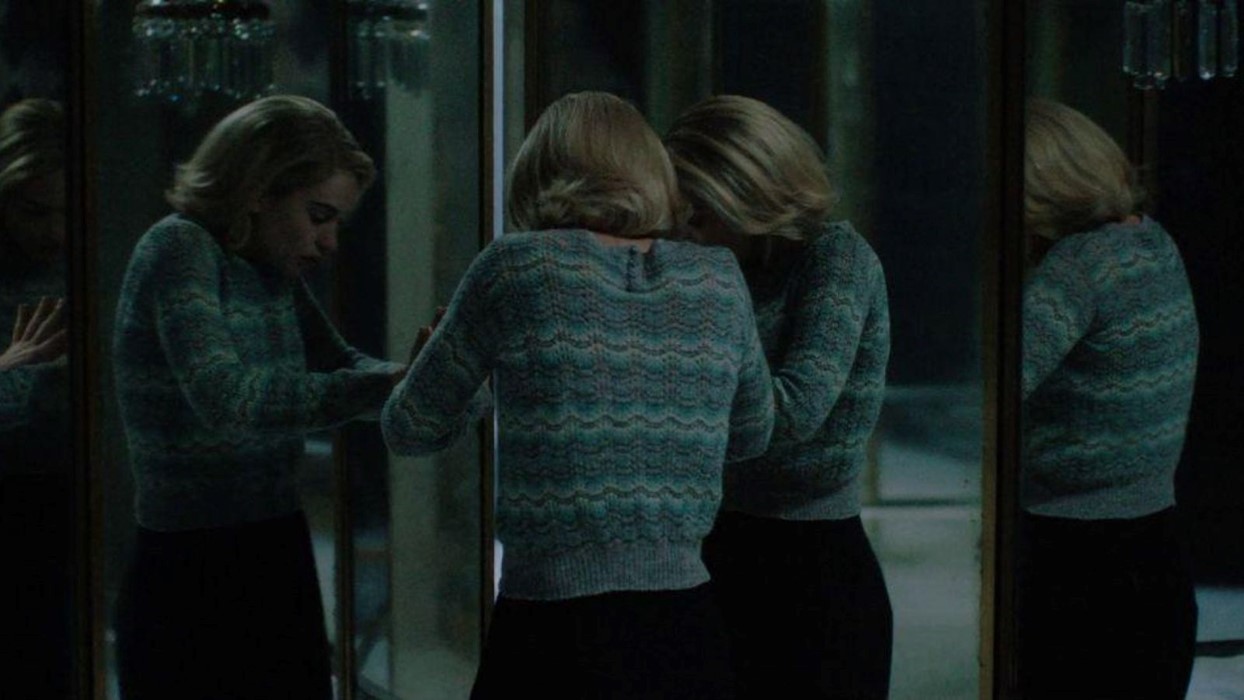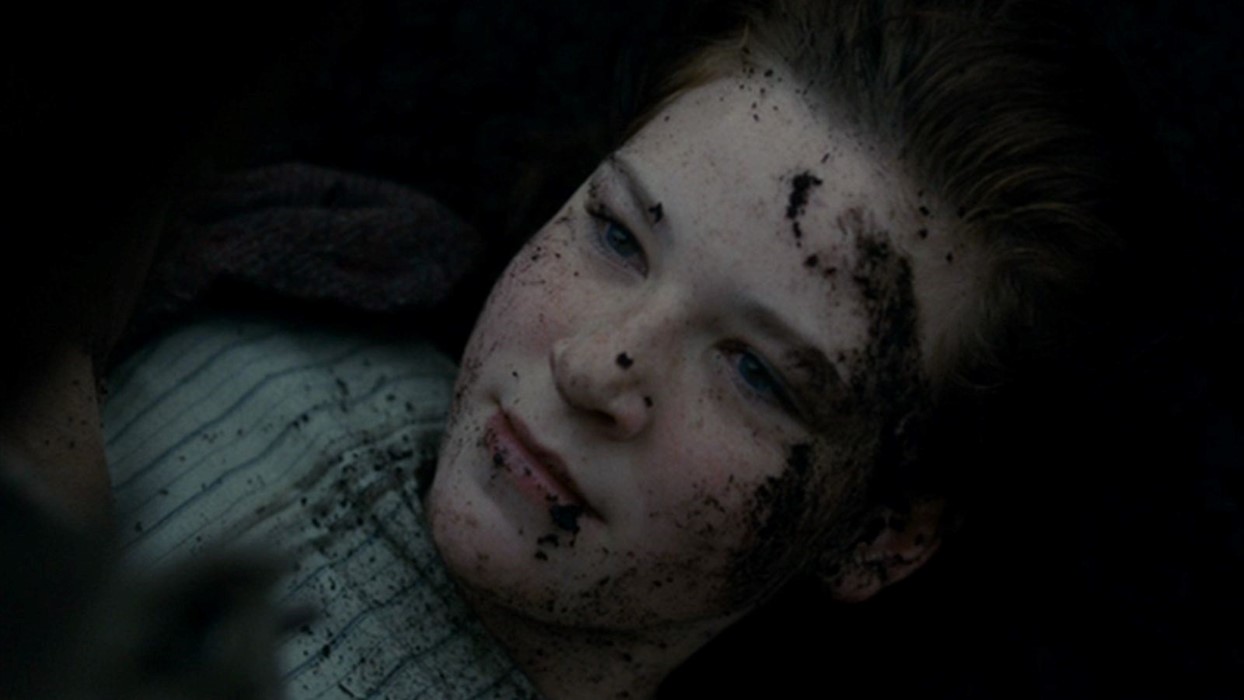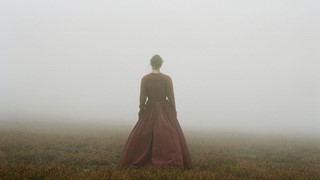Meet the new wave of young female authors revitalising gothic horror for a contemporary, politically-minded audience
Horror fiction has always provided a refuge for female authors, offering them a way to express feelings and actions they may not be able to in real life. Associations between women writers and the gothic horror genre are long-standing, including writing by Mary Shelley, Shirley Jackson, Daphne du Maurier and Emily Brontë. Now, young female authors are revitalising gothic horror for a contemporary audience, exploring marginalised identities, sex, and the wider social and cultural issues faced by women today. This trend for gothic horror only seems to be growing too, with The Bookseller reporting a predicted boom in vampire novels in particular. But what is it about gothic horror that pulls young female authors and their readers towards it?
“Gothic horror fiction has always been a way of talking about anything that could not be discussed in conventional mainstream discourse,” says the University of Edinburgh’s David Melville Wingrove. “Historically, that has always included women and women’s issues, particularly as they relate to sex and gender roles. Of course, these issues are more widely discussed in the mainstream than they used to be. But it is alarming how many areas of women’s experience still lie outside the official limits.”

This year has seen a flood of these kinds of books. Leon Craig’s debut short story collection, Parallel Hells (Sceptre, February 17), explores queer identity and love through the lens of otherworldly characters. Here, there are golems brought to life, hands of glory wielded by women working in the cutthroat world of academia, demons wearing human forms to feast on the shame of those surrounding them. Claire Kohda’s Woman, Eating (Virago, March 24) gives young vampire Lyd the opportunity to fend for herself for the first time, as she attempts to figure out how difficult it might be to deny her bloodthirsty nature and stay away from the people who tempt her to act on it. The relationship between Miri and Leah at the centre of Our Wives Under The Sea by Julia Armfield (Picador, March 3) is affected by Leah’s strange return from a deep-sea research mission gone awry. These are books bursting with the unknown; something not quite right that may very easily become something horribly wrong.
While Craig and Kohda set their gothic horrors within the familiar landscape of the city, they move through its less inhabited sides. Armfield uses her setting of the ocean as a mysterious and menacing character in itself. All three novels offer a literal sense of encroaching darkness: Craig’s stories are mostly set at night, in sex clubs and after-hours libraries; Kohda’s vampire will not turn to dust in the sunlight, but she suffers from it, and so spends most of her time in the gloom of her windowless studio or wandering through London in the dark; Armfield’s alternating action takes place at the bottom of the ocean, where no light has ever touched. By placing their characters in dark, liminal worlds, these writers manage to evoke the same unnerving sense of the unfamiliar as Mary Shelley did by setting Frankenstein in Switzerland, Germany, and (more obviously) the Arctic, places which many of her readers would have never visited. Emily Brontë’s Wuthering Heights and Daphne du Maurier’s Rebecca used setting in a more traditional horror sense, by trapping their characters in vast mansions and letting their monsters, both real and imagined, come to life. But even those traditional settings offer the same opportunity to let fears come to the fore, ready to be shaken.

The classical romantic aspect of gothic horror gives writers an avenue to explore queerness, in the same way that earlier gothic novels were able to address female desire, but they’re also exploring identity as a whole, in a way that a realistic novel might not have the breadth of possibility for. By using more fantastical elements, these writers are able to push their characters into situations – like returning from a submarine mission and bringing the sea with them, or questioning what happens to a family curse passed from mother to daughter when the daughter refuses to have children of her own. For her part, Craig says “since Ann Radcliffe and Mary Shelley in the 18th century, gothic horror has been the fantastic repository for women’s worst fears of abjection, loss and betrayal, but also for possibilities too revealing, too darkly exhilarating to be looked at in the daylight. Contemporary life seems to me to demand a huge level of access to the personal, intimate details we might once have been able to decline offering up. Is it any wonder I might sometimes wish to disavow the presentable person I must appear to be and polish imaginary fangs instead?”
Reading these novels in the wake of an almost constant flood of news about the violence enacted upon women – she was just walking home, she was just going for a run, she was just moving through the world – feels like an opportunity for women to have more power than reality gives them. Those imaginary fangs Craig speaks of are an attractive prospect, acting as protection in more ways than one. In a world so often full of monstrosity, fiction offers women the possibility of being monstrous themselves; to have some way to fight back, even if the scenarios are supernatural or unrealistic. In these worlds, the horrific has already happened, so there’s no reason to be afraid of discussing it. Demons have already come out to play, vampires are impervious to staking, monsters have walked out of the sea. These characters have become, in fact, the thing to be frightened of. The safe space of the supernatural means that horror can be claimed, and writers are able to push their narratives in new directions, exploring issues of sexuality, race, and isolation, without the very real fear of what waits for them in the real world.
